Teachers hear it constantly. Parents hear it every day.
“I’m thirsty.”
“He took my toy.”
“I have to go to the bathroom.”
“My pencil’s broken.”
“I can’t find my socks.”
“She won’t play with me.”
Children constantly state their problems. From an early age, they are wired to notice things around them.
It is SO tempting to respond to their statements with a solution, right? They state the problem; we give a solution.
The child says, “I’m hungry.” The adult responds, “Here’s a snack.”
The child says, “He pushed me,” and the adult responds, “Keep your hands to yourself.”
The child says, “I’m cold,” and the adult hands over a jacket.
The difficulty with these types of verbal transactions is that we favor solving an immediate need over teaching children to become thinkers, doers, and problem-solvers. We are just trying to get through this day, this class, this minute. We can sometimes forget that these minutes add up. These minutes shape our children and their futures every single day.
Let’s start with the end-game in mind.
Think BIG PICTURE. What do we want for our children?
We hopefully want our young children to grow up to be independent, successful, and productive members of society. We want them to be inventors, innovators, and creators. We need them to be able to solve world problems that haven’t even been created yet.
And so, even though it seems like light years in the future, we have to build the foundation for problem-solving NOW, while they are young. It is our responsibility to develop the pathways for creative thinking and problem-solving in their brains NOW.
When children state a problem as fact, they are not necessarily asking us to solve it for them. (And if they are, it’s our job to guide them through the steps to solving it themselves.)
That is why it is crucial that we ask this most important question every single day:
How are you going to solve that problem?
When a child in our classroom (or in our home) says, “She knocked down my block tower,” we have to ask the most important question:
“How are you going to solve that problem?”
When the child says, “I can’t reach the paper,” we respond:
“What are you going to do to solve that problem?”
When the child announces, “My boots are muddy,” we inquire:
“How did that happen?” or “What can we do about that?”
There are dozens of variations of this question:
What are you going to do next?
How did that happen?
How can we fix this?
What’s the solution to this problem?
Who’s going to take the next step?
The message to the child is the same:
You are capable.
You are a thinker.
You are smart.
You can figure this out.
You are a problem-solver.
You’ve got it!
Problem-Solving Example:
When our children spill their milk at snack time, resist the urge to jump up and grab a towel. Maybe the child exclaims, “I spilled!” Maybe the child just sits there and stares at the puddle. Either way, encourage them to work through it like this:
Notice the problem if they don’t say anything: “Oh! You spilled your milk.”
And if they still sit and stare, continue: “That’s a mess. What are we going to do to fix it?”
And if they still stare (especially at the beginning of the year before they’ve learned the routine), guide them through the process:
“What could we use to clean this up?” or
“Where could you go to find a paper towel?”
By “answering” their problems this way, we prompt them to think for themselves and to start solving their own problems. We are fostering independence. We are building the foundation that they need to be successful humans. We are making the future world a better place.
Have you heard the saying:
“Give a man a fish and he will eat for a day. Teach a man to fish and he will eat for a lifetime”?
I offer this variation:
“Give a child a solution and he will get through the day.
Teach the child to solve, and he will get through a lifetime.”
Keep doing amazing things with your children! Our work is so important.
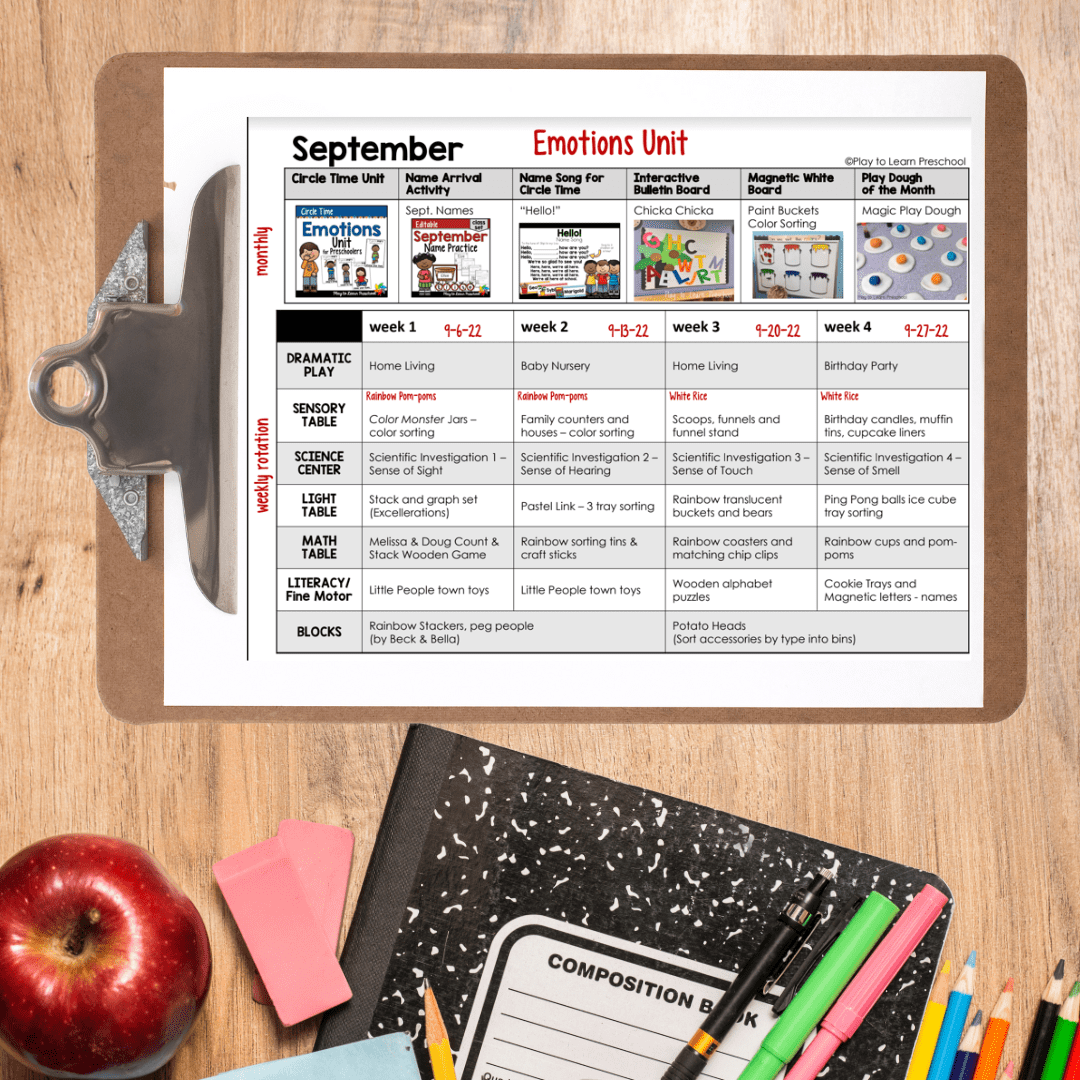
FREE Scope And Sequence!
After you subscribe, you will be redirected to the FREE Scope and Sequence. We respect your privacy. Unsubscribe at any time.
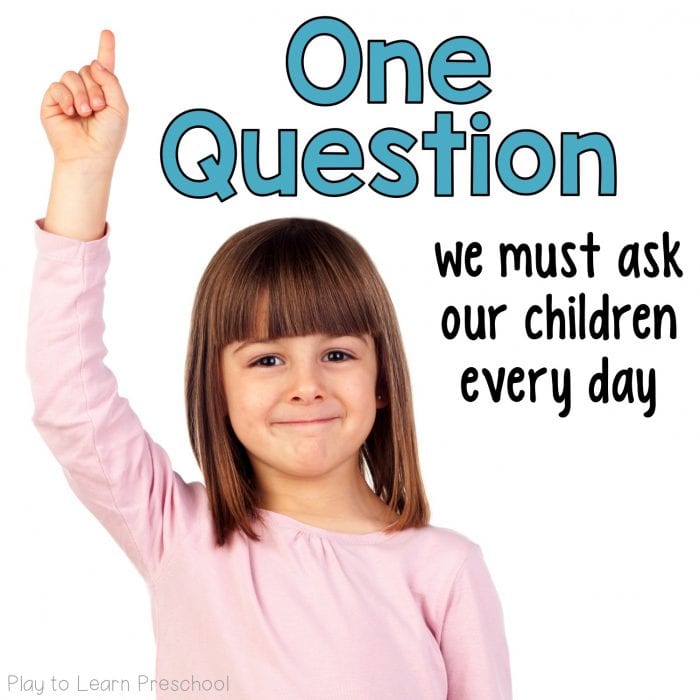
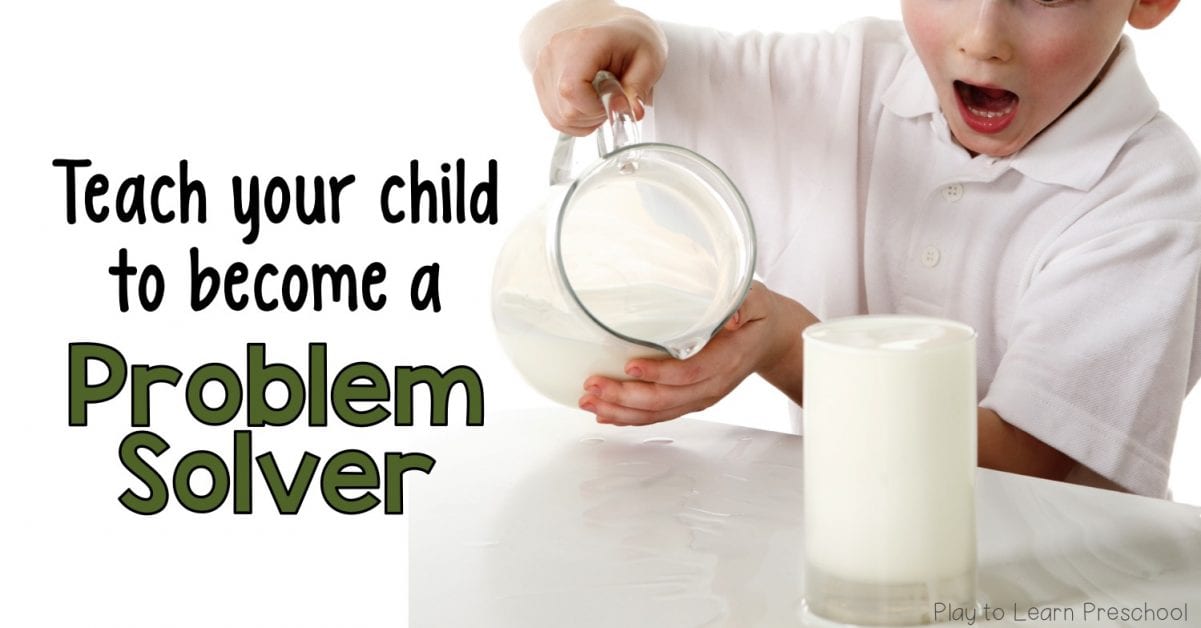
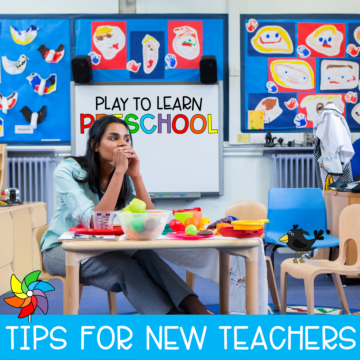
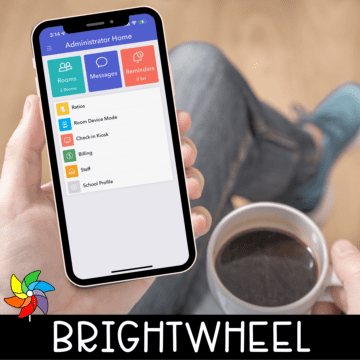
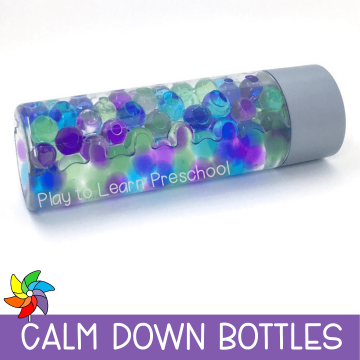
YES! YES! I say these things all the time to my preschooler. Even older kids can benefit from them!!
I think it also helps kids to learn to take responsibility for their actions when we ask, “What can YOU do about it?” This is a skill that’s missing for many adults. 😉
I couldn’t agree more! I’m also a preschool teacher and I ask my students questions like this as much as possible. Nice article!